Alcedinidae – The Kingfishers
Key Traits
Basically essentially the most acquainted kingfisher species in North America and Europe are definitely specialists that eat largely fish. And they also obtain this in spectacular pattern. So that they get quite a few consideration and admiration for his or her fishing experience.
Nonetheless what regarding the many various kingfisher species? Evidently higher than half of them aren’t fish-eating specialists. Fish-eaters are actually throughout the minority. Counting on which kingfisher species you’re talking about, it’s weight-reduction plan may very well be largely bugs, lizards, earthworms, or one different type of creepy crawly.
These are largely small-ish birds. They’re normally pretty a bit smaller than a crow, nevertheless larger than a House Sparrow. Nonetheless, the smallest species is the African Dwarf Kingfisher, which is simply 10 cm prolonged. That’s 4 inches. The dimensions of a hen is measured from the tip of the bill to the tip of the tail. So at 10 cm prolonged, the African Dwarf Kingfisher is a teeny tiny hen.
The most important species is the aptly named Massive Kingfisher, moreover found on the African continent. It has a terrific scientific establish, Megaceryle maxima. This hen is regarding the measurement of a crow, roughly 44 cm or 17 inches prolonged. The Massive Kingfisher appears to be like a giant mannequin of its cousin, the Belted Kingfisher, which is our acquainted species throughout the US.
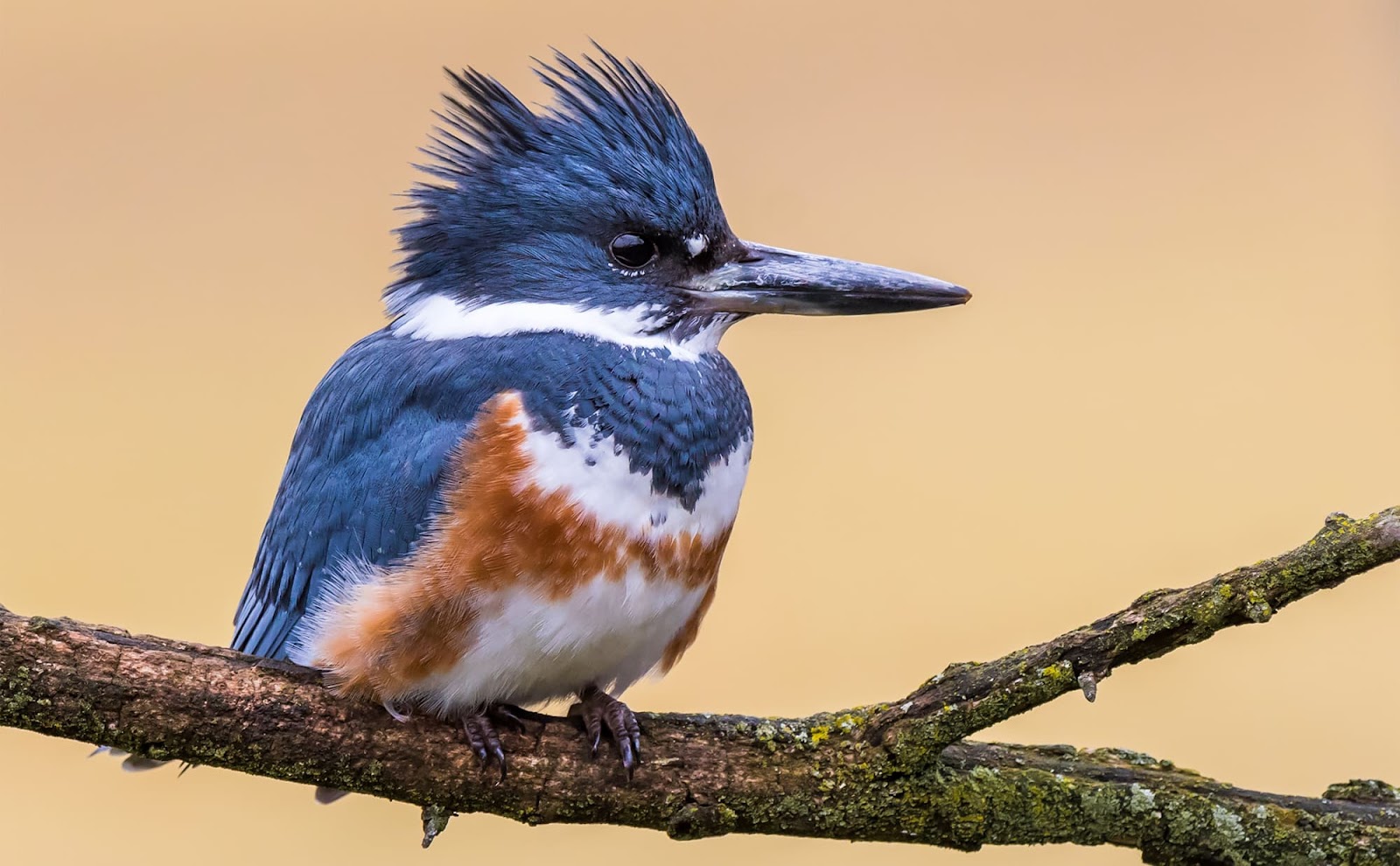
The Kookaburras of Australia and New Guinea are actually kingfishers, in case you didn’t know. The well-known Laughing Kookaburra is the world’s heaviest kingfisher species, with females weighing a imply of 352 grams, or 12.4 ounces.
To accentuate their large bobble-heads and outsized funds, kingfishers have stubby ft and fast, squared off tails.
They’re among the many many few kinds of hen which have syndactyl toes. Which implies of the three toes that face forward on the foot, the outer and heart toes are fused collectively for a lot of of their measurement. Syndactyl interprets as “collectively fingers.” Individuals are usually born with syndactyly, the place some fingers or toes are fused. In kingfishers, the syndactyl toe affiliation will enhance the ground area of the one actual of the foot. So it most likely improves the hen’s grip whereas perching.
I discussed that kingfishers have fast tails, and that’s true for the overwhelming majority of species. Nonetheless there are 9 species throughout the genus Tanysiptera that merely can’t play by the ideas. These are the paradise-kingfishers. The central pair of tail feathers on these birds are prolonged, elegant, and vibrant… some combination of blue and white.
In distinction to what we see in birds like peacocks and wild turkeys, the flowery tail feathers of paradise-kingfishers aren’t found on solely the male. Every sexes have them. Why have they acquired such excellent tail streamers? Good question. The evolutionary strategy of sexual alternative is perhaps at work proper right here. Nonetheless I haven’t turned up any evaluation that confirms this notably for these long-tailed kingfishers.
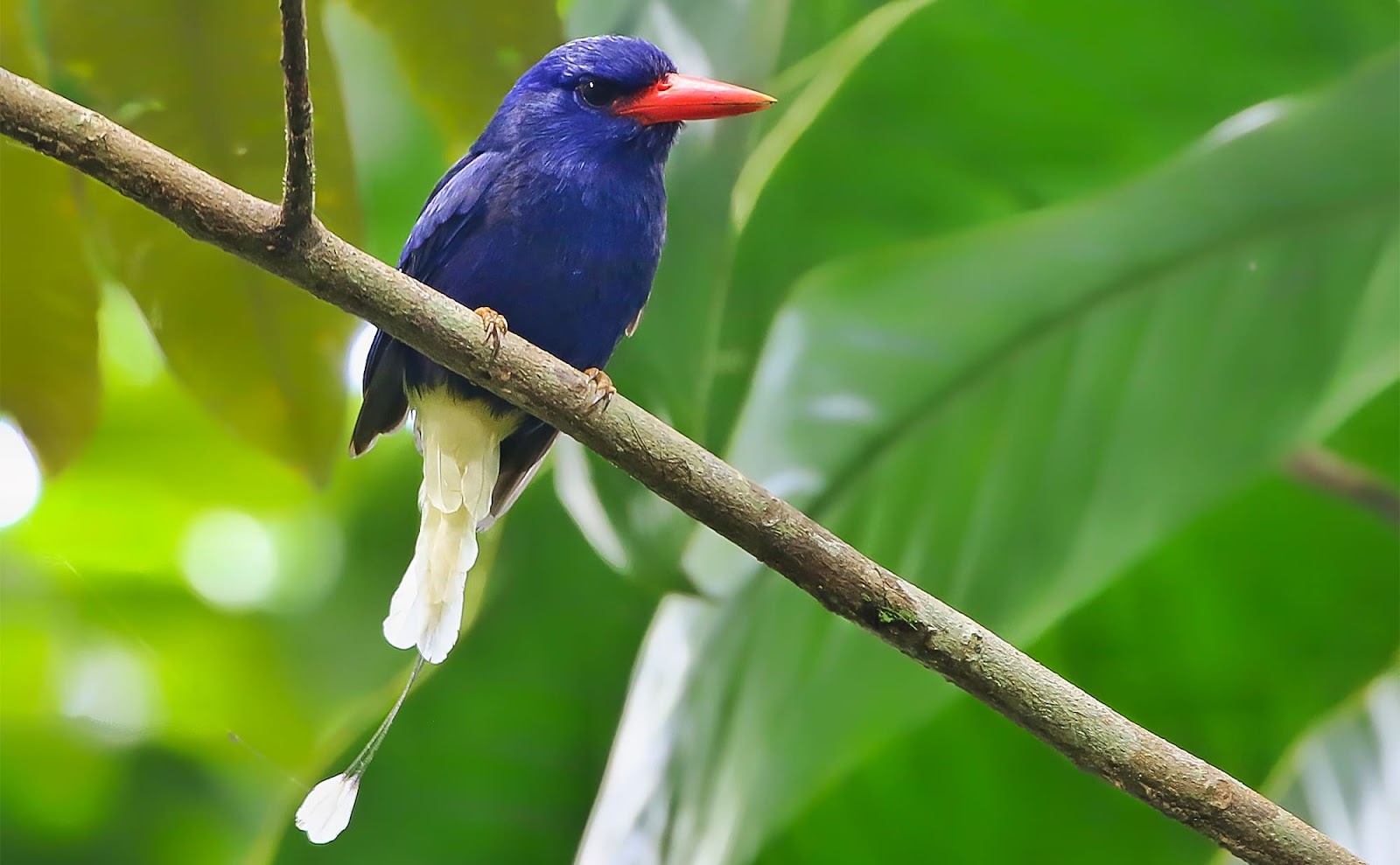
Similarity between ladies and men is the ultimate rule in kingfishers. You typically can’t inform them apart by merely them. Some exceptions embrace the Massive Kingfisher and the handful of species throughout the western hemisphere. These birds current some sexual dimorphism, the place ladies and men look utterly completely different. Nonetheless get this: these kingfishers flip the script so that it’s the female who reveals additional color than the male. The female Belted Kingfisher, as an example, has a rust-colored band all through her lower breast. The male doesn’t have this; he has to make do collectively along with his simple blue and white plumage.
And speaking of plumage colors, Kingfishers are, as a gaggle, a brightly colored lot. I merely checked out illustrations of all the world’s kingfisher species and, wow, my retinas are nonetheless burning with the afterimages. It was all a bunch of fine blue, orange, turquoise, scorching pink, white, and inexperienced. Many species have orange funds that I might describe as neon or day-glow. They’re unreal.
Apparently, the attractive blue, turquoise, cyan, and inexperienced shades of kingfisher feathers don’t come from any pigments. Most vertebrates aren’t ready to provide pigments on this color differ. On the microscopic diploma, the seemingly colored elements of blue feathers on kingfishers are actually merely gray or translucent.
The blues we see come from one of the best ways white mild interacts with the microscopic constructions of the keratin proteins in feathers. Blue wavelengths get scattered by the feathers, whereas completely different wavelengths cross by the use of or get absorbed.
This generally is a sort of what’s often called ‘structural color.’ Significantly, that’s an occasion of the Tyndall Impression. That’s what causes smoke from a motorcycle tailpipe to look blue-ish. And it’s the place blue eye color comes from in individuals. Blue-eyed people don’t have any blue pigment of their eyes. It’s solely a pure magic trick—a trick of the sunshine scattering off of microscopic constructions throughout the iris.
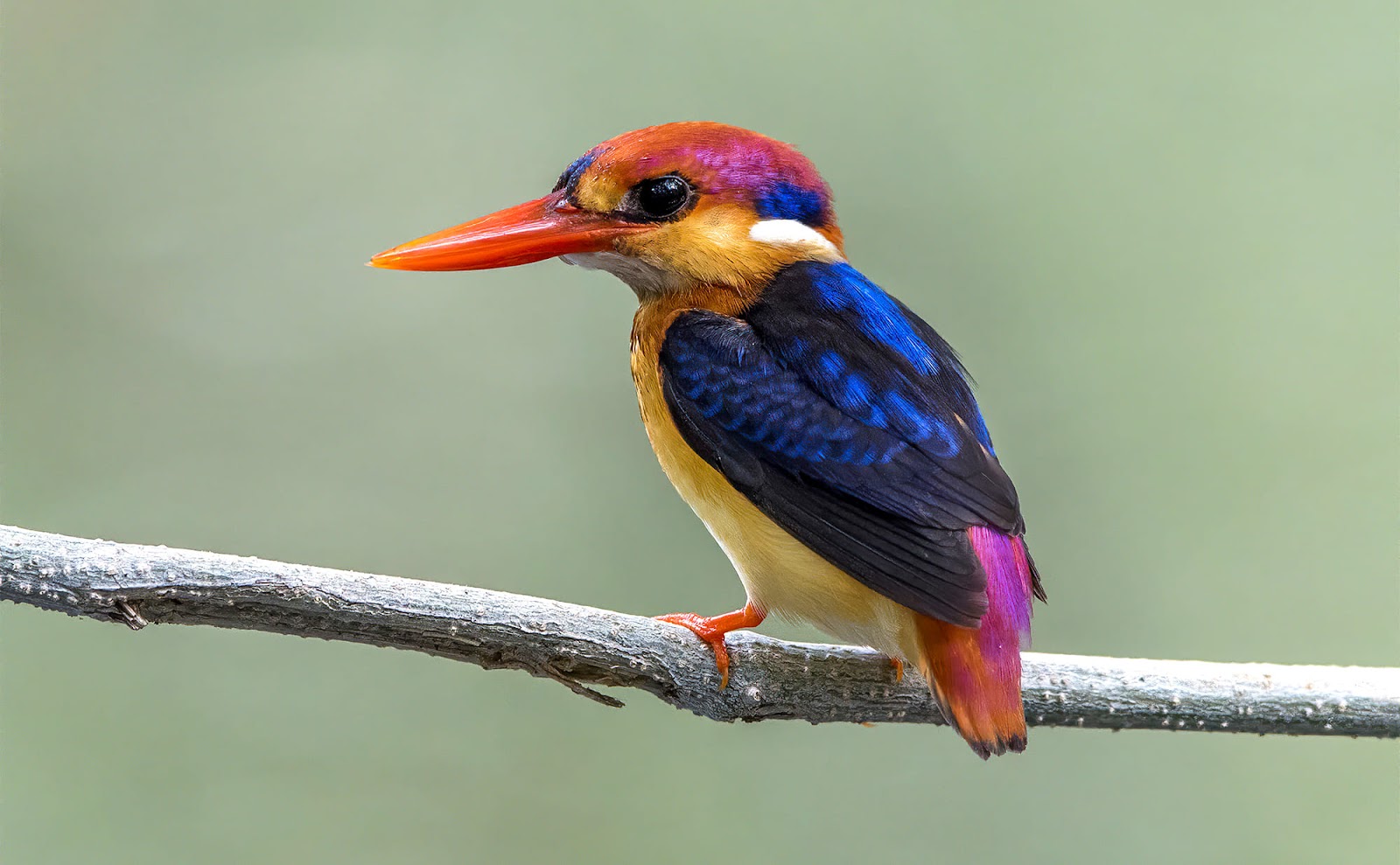
These birds aren’t recognized for singing pretty songs. Nonetheless that’s okay. They do make some satisfying sounds. The Belted Kingfisher, widespread all through North America, makes what’s described as a harsh, uneven ‘rattle.’ All through the pond, in Europe and Asia, the Frequent Kingfisher is a equally well-known hen. It has a softer, whistle-like title.
Selection and Distribution
The family Alcedinidae is made up of all the world’s Kingfishers and Kookaburras. Ultimately rely, there are between 114 and 120 species. 118 is the official amount on Clements Pointers, which is what eBird makes use of.
So there’s a great amount of species vary contained in the family Alcedinidae. These 118 species are divided into three essential genetic lineages. Each lineage represents a novel subfamily. The unofficial names of these subfamilies are the pygmy kingfishers, the forest kingfishers, and the water kingfishers.
The forest kingfisher subfamily, technically named Halcyoninae, has basically essentially the most species, about 70. The kookaburras and paradise-kingfishers are on this subfamily.
The water kingfisher subfamily often called Cerylinae. It has the underside vary of the three subfamilies, with solely 9 species. The Belted Kingfisher and Massive Kingfisher are on this group. So are the alternative 5 western hemisphere species and the Pied Kingfisher, which is extensively distributed all through sub-saharan Africa and southern Asia.
And you then undoubtedly acquired your pygmy kingfishers. Let’s not overlook about these little buggers. Not solely are these birds cute, they’re among the many many most brightly colored kingfishers.
The scientific establish of the pygmy kingfisher subfamily is Alcedininae. They’re moreover often called river kingfishers. There are about 35 species on this subfamily. The Frequent Kingfisher, Alcedo atthis, is one amongst them. In any case, in Europe they solely title this hen the kingfisher.
So we’ve acquired three subfamilies, these three essential lineages contained in the family Alcedinidae. Although birds in these subfamilies all look roughly very like us silly individuals, the three lineages have been genetically distinct for hundreds and hundreds of years. The nearer you look, the additional variations you’d most likely uncover among the many many forest kingfishers, the water kingfishers, and folks cute pygmy kingfishers.
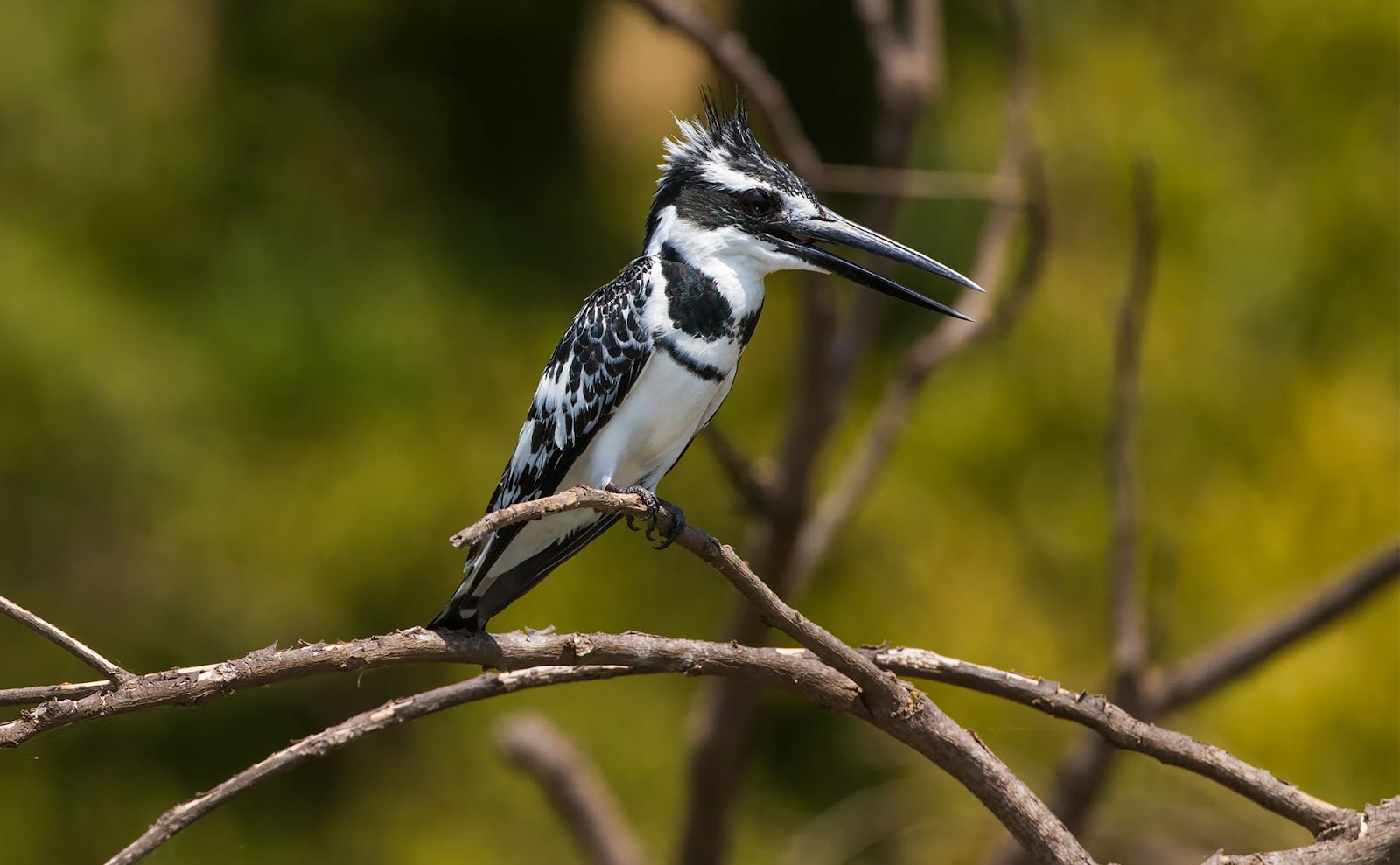
Kingfishers are throughout the planet, for basically essentially the most half, so that makes this a cosmopolitan family. A cosmopolitan species or family or irrespective of is found all through all or lots of the Earth.
Kingfisher species aren’t, nonetheless, evenly distributed throughout the planet. Most of their vary is throughout the Outdated World. Solely 6 species reside throughout the New World, throughout the Americas. And we uncover additional kingfisher species concentrated throughout the tropical latitudes than in temperate areas. North of Mexico, we have nearly just one species, the Belted Kingfisher. Northern Europe and Asia have the Frequent Kingfisher and a few additional species throughout the Far East.
Given their cosmopolitan distribution, it’s possibly not stunning that kingfishers reside in quite a lot of utterly completely different habitats all around the world. Positive, many species do hold round near water. Some kingfishers hold round on the perimeters of lakes and ponds, others select rivers and streams. Some reside utterly in mangrove forests alongside the coast; some reside on tiny coral atolls within the midst of the ocean.
Nonetheless there are moreover a bunch of species that aren’t notably fascinated by big our our bodies of water. The quite a few species throughout the forest kingfisher subfamily, as an example, reside largely in tropical forests or open woodlands. Totally different kingfishers reside up throughout the mountains or throughout the desert. Among the finest recognized desert-lover is perhaps the Crimson-backed Kingfisher of Australia, Todiramphus pyrrhopygius. This little hen lives all all through the Australian continent, nevertheless it seems to decide on the large dry habitats of the within.
Most kingfishers reside in form of the an identical place all 12 months. Our acquainted Belted and Frequent Kingfishers, nonetheless, are amongst those that migrate. Populations of these northern species retreat southward from areas that freeze up throughout the winter.
Evolution
Let’s take a brief check out the evolutionary historic previous of Kingfishers. Two newest evaluation papers on the evolution of kingfishers and their shut kinfolk shed quite a few mild on this question. Ornithologists based totally on the School of New Mexico carried out every analysis. The researchers used genetic data to assemble phylogenies, moreover often called evolutionary timber. They constructed a tree for the kingfisher family throughout the first paper and one different tree for kingfishers plus their shut kinfolk throughout the extra moderen paper.
Using just a little little bit of fossil data and some refined statistics, the researchers have been ready to calibrate their evolutionary timber in time. This allowed them to estimate when—and likewise the place—kingfishers first acquired right here on the scene, method once more throughout the day. It appears to be like these birds originated in southern Asia, in India or Malaysia, sometime between 20 and 34 million years previously. For the time being they may have break up away from their closest kinfolk, the Motmots. Motmots are moreover vibrant, sit-and-wait predators. They reside utterly throughout the New World tropics.
From southern Asia, kingfishers diversified and unfold all around the world in quite a lot of waves of colonization. Alongside one of the best ways, the three subfamilies usual and diverged.
Quite a lot of the species vary we see instantly amongst kingfishers is the outcomes of comparatively newest evolution. This brings us to birds throughout the genus Ceyx and birds throughout the genus Todiramphus. These genera embrace 25 and 30 species, respectively. ‘Genera’ is the plural sort of genus. These two quite a few genera embrace virtually 50% of all kingfisher species. Birds throughout the genus Ceyx birds on this genus are throughout the pygmy kingfisher subfamily. Kingfishers throughout the genus Todiramphus are throughout the forest kingfisher subfamily.
Why are these two genera so rich in species? The deal has to do with tropical islands. In the last few million years, these little buggers have been colonizing one island after one different, forming new species all alongside one of the best ways. Islands are, usually, hotbeds of evolution, the place new species sort additional normally than on the mainland. That’s largely as a result of geographic isolation of islands. You acknowledge, similar to the Galapagos Islands, Darwin’s Finches, all that nice issues?
Kingfishers throughout the genus Ceyx have been forming new species all through the Philippines and the islands of Indonesia. Equally, Todiramphus kingfishers have been island hopping all through the Pacific, all through Oceania. They’ve been forming new species throughout, from Fiji to New Zealand to French Polynesia. A lot of these species exist on only one small island.
Conservation
Let’s talk about conservation factors with Kingfishers. I need I would say that there should not any such factors. We would merely skip ahead to talking about how kingfishers hunt and make infants and all that. Nonetheless, sadly, a minimal of 43 of the 118 kingfisher species are specifically hassle. So that’s over one third of all the species.
In response to the IUCN Crimson File of threatened species, there are 4 critically endangered kingfishers along with 2 which is perhaps endangered. That’s on the world diploma. After which we have 10 species which is perhaps throughout the weak class and one different 26 which is perhaps thought-about near-threatened.
Now, we’ve talked about how lots of the world’s kingfisher species vary is strewn all through a bunch of islands—throughout the Philippines, Indonesia, and the western Pacific Ocean. And that birds and completely different critters on islands are inclined to get hammered by human shenanigans. Animals on islands are further weak to habitat destruction, trying, and the ravages of invasive species. So inserting all this collectively, you can predict the place most of our endangered kingfishers are. That’s correct, on islands.
In our file of what variety of kingfishers are in hassle, I didn’t level out the one species that’s in basically essentially the most dire state of affairs. The Guam Kingfisher, Todiramphus cinnamominus, as quickly as lived on solely it’s namesake island. Guam is a small, isolated island north of New Guinea and east of the Philippines. Brown Tree Snakes have been unintentionally launched to Guam not prolonged after World Battle II. Throughout the following a very long time, this invasive snake was liable for wiping out numerous Guam’s native hen species.
By the mid-Eighties, the Guam Kingfisher was practically extinct. The ultimate 29 kingfishers have been caught and introduced proper right into a captive breeding program, to keep away from losing the species. So the Guam Kingfisher is one amongst solely a handful of hen species on this planet with the sad distinction of being ‘extinct throughout the wild.’ There are solely spherical 200 Guam Kingfishers at a pair breeding facilities in Guam and throughout the mainland US. Conservationists plan to reintroduce them in some unspecified time sooner or later, nevertheless the Brown Tree Snake and feral cats are nonetheless a severe menace. We are going to all hope that, by some means, someday this hen will thrive throughout the wild as soon as extra.
Weight-reduction plan and Foraging
A whole lot of the cool stuff about kingfishers has to do with how they eat. So it’s time to get additional into all of that.
Kingfishers are largely what we title ‘sit-and-wait’ predators. They sit on a division and wait until they spot one factor transferring beneath, each throughout the water or on the underside. Maybe a juicy fish, an insect, or a small reptile. It varies from species to species, nevertheless kingfishers eat all forms of completely different stuff, too, like crabs, amphibians, mollusks, and even youngster birds and small mammals. To maintain up their extreme metabolisms, kingfishers scarf down quite a few these completely different critters—50%-60% or additional of their physique weight each single day.
Having zeroed in on its prey, a kingfisher darts proper right down to nab its meal using its big bill. As soon as extra, not like a spear, nevertheless like a pair of tongs.
Most species have small our our bodies, fast tails, and rounded wings. These choices allow a kingfisher to hurry up quickly from its perch to attain its aim in a flash.
Some kingfishers can hover throughout the air whereas trying, fairly than sitting on a perch. Basically essentially the most well-known hoverer is the Pied Kingfisher, Ceryle rudis. I mentioned that this hen lives in Africa and southern Asia. The Pied Kingfisher is the largest hen on this planet that is in a position to sustained hovering. It’s about 27 cm or 10.5 inches prolonged.
The Pied Kingfisher hunts over big our our bodies of water like lakes and lagoons, faraway from any branches to perch on. Whereas hovering, it associates down into the water, looking out for fish. It retains its head amazingly regular whereas the rest of its physique strikes spherical with each wingbeat.
What plumage pattern do you anticipate a Pied Kingfisher to have, based totally on its establish? Pied typically refers to a black-and-white all through type of coloration in birds and completely different animals. We’ve acquired the Pied Heron, the Pied Thrush, Pied Cormorant, and so forth. The Pied Kingfisher is definitely black and white.
One in all many take residence satisfying particulars of this weblog, I really feel, is that solely a minority of kingfisher species actually think about consuming fish. Two big eyes fill lots of the realm throughout the big skull of a kingfisher. The imaginative and prescient of these birds is pretty spectacular. It should be given their talent to catch skittish, quick paced prey like small fish.
Most differing types of birds have eyes that solely face outward to the edges, such that they’ve solely monocular imaginative and prescient. Nonetheless some birds like hawks, hummingbirds, terns, and kingfishers have binocular imaginative and prescient as properly. That’s the place every eyes see a minimal of part of the an identical image, providing additional appropriate depth-perception than monocular imaginative and prescient. Kingfishers have a slim band of binocular imaginative and prescient straight ahead, aligned with their bill.
When trying, a kingfisher first makes use of its monocular imaginative and prescient to detect the movement of any small critters. Then it switches to binocular imaginative and prescient as a result of it swoops proper right down to dive bomb its prey.
There’s some additional attention-grabbing stuff regarding the anatomy of kingfisher eyes. This has to do with the fovea. It is potential you may find out about this because of this development might be throughout the human eye. The fovea is a tiny dimple, a melancholy, within the midst of the retina. It’s the spot the place we get our sharpest imaginative and prescient. It’s as a result of the fovea is densely filled with color-sensitive cone cells.
Some birds, like our little kingfisher buddies, have not just one fovea in each eye, nevertheless two! Each eye has two foveae. One amongst them provides sharp eyesight for the hen as a result of it appears to be out to its sides, with monocular imaginative and prescient. That’s the ordinary state of affairs for hen eyes usually. The second fovea throughout the kingfisher eye is positioned further once more on the retina. It permits for acuity whereas the hen is in binocular mode, as a result of it rockets down within the route of its centered prey.
The lens throughout the eye of plunge-diving kingfishers has a specific kind that allows these birds to focus its imaginative and prescient underwater. Most birds can’t do that. And kingfishers have inbuilt swim goggles, too. All birds have a third eyelid, often called a nictitating membrane. It slides all through the eye horizontally. When a kingfisher plunges into water, its nictitating membranes cowl its eyes. And given that membranes are clear, the hen can nonetheless see. See in case you’ll be able to uncover (watch video) the nictitating membranes on the birds’ eyes. And as well as watch how the beak opens as a lot as nab the fish.
The beaks of kingfishers are pretty explicit. Not just because they’re big or because of, a minimal of in some species, they’re a blinding shade of orange. Kingfisher funds are superbly-adapted devices for catching prey. The bill of the fundamental plunge-diving, fish-eating kingfisher has a specific, streamlined kind. It’s good for successfully piercing the water’s ground at extreme tempo.
There’s a extraordinarily satisfying evaluation analysis on kingfisher funds, carried out not that approach again by a graduate pupil at Bangor School in Wales. His establish is Rowan Howe. He used 3D imaging to scan the funds of eight kingfisher species. Half of these have been diving, fish-specialists and the alternative half have been terrestrial.
After being scanned right into a laptop, the funds have been 3D printed to make plastic fashions of each. Howe, the grad pupil, prepare an gear to plunge each plastic model into water to exactly measure the deceleration of each kingfisher bill.
Low and behold, he found necessary proof that the funds of fish-eating specialists set off lots a lot much less deceleration on affect. This tells us that the bill shapes of these species are definitely well-adapted to their explicit mode of feeding. These funds pierce the water in such a way that they lower the drive of the affect. 3D-printed kingfisher beaks… What a cool evaluation mission!
Kingfisher funds have moreover impressed the type of a apply. Nevertheless it certainly’s true, though. Some fashions of Japanese Shinkansen bullet trains have a sci-fi-looking, pointy entrance end. You see, once more throughout the day, when these trains had the additional regular bullet-shaped nostril up entrance, they may make a deafening development sound as they exited tunnels. The apply produced a shock wave by pushing air at extreme tempo by the use of the tunnel. This was a problem. It bothered people and wildlife.
An engineer, who moreover occurred to be a birdwatcher, was impressed by the bill of the kingfisher to design a additional elongated, streamlined entrance end on his trains. And… it labored (watch video). The bird-beaked trains didn’t make the loud booms. These trains are moreover faster and additional gasoline atmosphere pleasant.
This generally is a splendid occasion of what’s generally called biomimicry. Engineers can borrow designs from nature to resolve human points. Over hundreds and hundreds of years, evolution has honed the shapes of hen beaks for explicit features. Usually we don’t should reinvent the wheel. We are going to merely copy the wheel’s blueprints from our friends, the birds.
And speaking of friends… Some evaluation on the Frequent Kingfisher in Spain has confirmed that these little birds favor to buddy up with Eurasian Otters, Lutra lutra, otters moreover eat fish. Kingfishers observe otters spherical to permit them to each snatch up the fishy scraps left behind by the playful mammals or nab any little fish disturbed by all the furry train. The kingfishers revenue from the conduct of the otters and the otters aren’t bothered by the birds.
This affiliation between kingfishers and otters is regarded as an example of what ecologists title commensalism. Commensalism is an affiliation between two species, the place one amongst them benefits and the alternative is unaffected. Apparently, this commensalism between kingfishers and otters occurs in numerous elements of the world, too, with utterly completely different species. Pretty cool and pretty cute, in case you ask me.
After a kingfisher effectively grabs prey, it typically flies to a perch to eat. It’s widespread for the hen to take its fish or completely different unfortunate prey animal and smack it exhausting in opposition to the tree division. Repeatedly. That’s most likely to stun the prey and to interrupt off any spines, or maybe to interrupt some bones. Kingfishers swallow their prey total, so this tenderizing course of makes each half go down a bit smoother.
Type of like owls, kingfishers normally hack up a pellet after digesting their meal. This pellet accommodates any exhausting bits like bone fragments, scales, or shells.
As soon as we discover out a couple of family of birds, as we’re instantly with Alcedinidae, we usually come all through relations that really stand out. These species are outliers that, for one trigger or one different, seem kinda weird.
Our weirdo hen instantly is the Shovel-billed Kookaburra, moreover often called the Shovel-billed Kingfisher. Its scientific establish is Clytoceyx rex. The Shovel-billed Kookaburra lives throughout the rainforests of New Guinea. It’s a medium-sized kingfisher, with plumage that’s orange and brown with a splash of blue on the rump. What set’s this species apart is its bill. That’s comparatively fast, nevertheless thick and deeply arched. So not your typical, elongated kingfisher bill. The Shovel-billed Kookaburra moreover forages in a weird method, as compared with completely different members of its family. It typically forages on the forest flooring, fairly than from a perch. And ornithologists suppose this hen may very well be additional energetic at night than throughout the day. Moreover weird.
That chunky bill isn’t just for current: the Shovel-billed Kookaburra really shovels its method by the use of patches of soil as a result of it hunts for earthworms. It routinely plows a patch about 20 cm by 30 cm, proper right down to 8cm deep. It eats completely different small animals too, nevertheless worms seem like its favorite issue. Shovel-billed Kingfishers typically have bits of mud caked on the insides and outsides of their beaks. Implausible! What a weird hen.
Breeding
To take care of up with the world’s insatiable demand for kingfishers, feminine and male birds dutifully pair as a lot as reproduce. Kingfishers are monogamous. Counting on the species, a pair may hold collectively for only one season or for his or her entire lives. The Belted Kingfisher is one occasion of a seasonally monogamous species.
The Laughing Kookaburra is a species that mates for all occasions. These birds are moreover cooperative breeders. Normally, 4 or 5 of a mated pair’s older offspring will cling spherical to help defend Mom and Dad’s territory. These youthful birds moreover help incubate the eggs and feed the nestlings.
Territoriality is the norm for kingfishers. They fiercely defend their stretch of a river or their patch of forest. The meals belongings and nesting habitat of their territory should be shielded from completely different members of the an identical species.
All relations Alcedinidae are cavity nesters. Most of them dig tunnels to make their nests. They dig tunnels in river banks or equally uncovered areas of soil, like road cuts or ditches. Totally different kingfisher species nest in tree cavities.
Amazingly, there are moreover species that make their nests by digging holes into the nests of tree-dwelling termites. These arboreal termite nests are large loads product of cemented termite poop and bits of picket. The termites don’t really do lots to defend their colony in opposition to this avian invasion. A analysis that investigated nests of the Micronesian Kingfisher found termites crawling spherical in freshly excavated kingfisher cavities. Nonetheless then the termites have been on no account seen in there as soon as extra. Maybe the termites merely seal themselves up of their very personal little tunnels, leaving the birds to their enterprise.
I’ve a model new phrase in order so as to add to your vocabulary: termitarium. That’s the technical establish for a termite nest: Termitarium. Or termitaria, throughout the plural case. Aquarium, planetarium, herbarium, termitarium… you get the picture.
When kingfishers excavate a nest tunnel, every sexes put in quite a few work. They use their funds at first and, as quickly as they may scramble spherical inside, moreover they use their ft. On river banks and completely different such places, the feminine and male normally take turns flying fast and furious on the slope, ramming it with their funds. They use their funds like a pickaxe all through this aerial ramming part. Usually, these little birds ram the ground so exhausting that they crack their funds and even get fatally injured.
After quite a lot of days and even quite a lot of weeks, the birds finish digging their tunnel. They make a small chamber on the end the place the eggs are laid. The Belted Kingfisher and the Frequent Kingfisher dig tunnels someplace spherical 3-6 ft or 1 to 2 meters deep. Nonetheless the longest tunnel on report for a kingfisher was made by a Massive Kingfisher. Good ol’ Megaceryle maxima. The tunnel was about 28 ft deep, which is about 8.5 meters.
Little one kingfishers are cared for by every Mom and Dad. A minimum of throughout the fish-eating kingfishers, the nest chambers can develop to be affected by all forms of gross fish bones, scales, and completely different flotsam. It most likely doesn’t odor too good up in there.
As quickly because the youthful birds have emerged from the nest and have fledged, the mom and father prepare them the best way to catch prey. Mom and Dad will toss a dull or shocked fish or completely different meals merchandise into the view of the youngsters. They do this teaching prepare a minimal of a few situations. In most species, the family splits up after 1-4 months collectively. The newly fledged kingfishers are off on their very personal.
Life is troublesome for these youthful, comparatively naïve birds. Many don’t survive their first few weeks being on their very personal. And kingfishers usually, along with adults, have at biggest a few 50% chance of surviving from one 12 months to the next. So even supposing there’s a report of a Frequent Kingfisher that lived to be 21 years earlier, most don’t reside higher than maybe 4 years. So it goes.
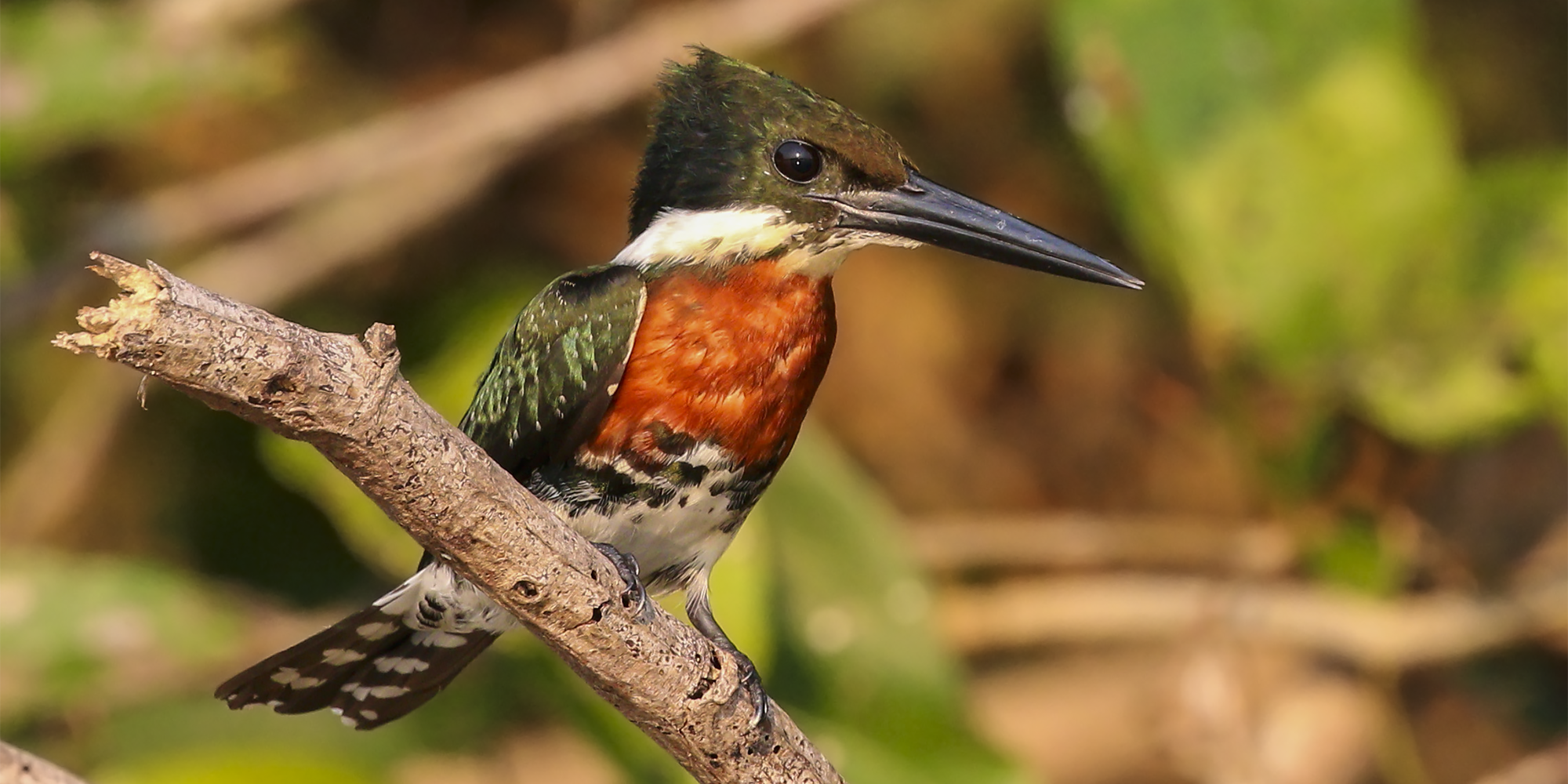
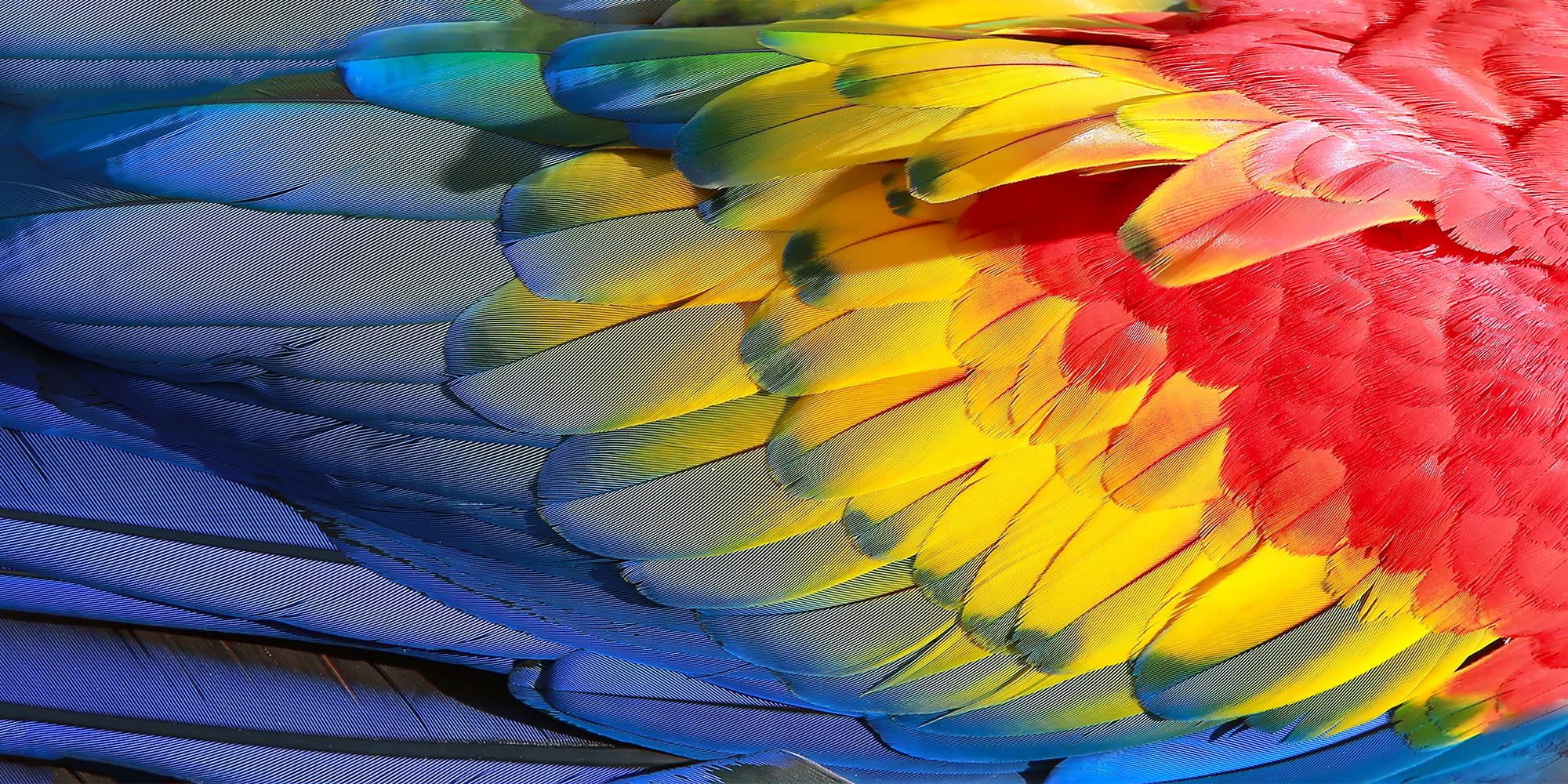
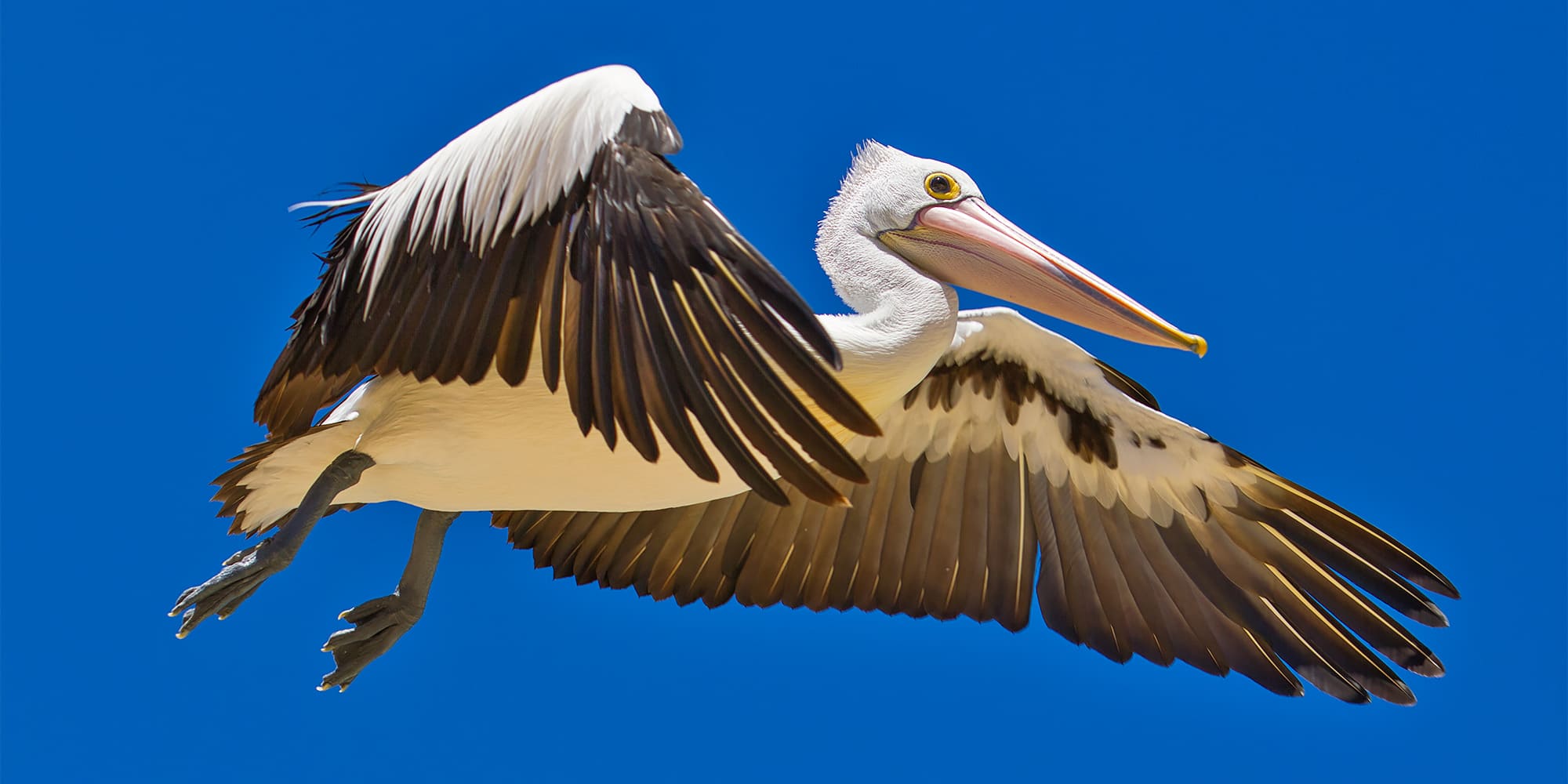
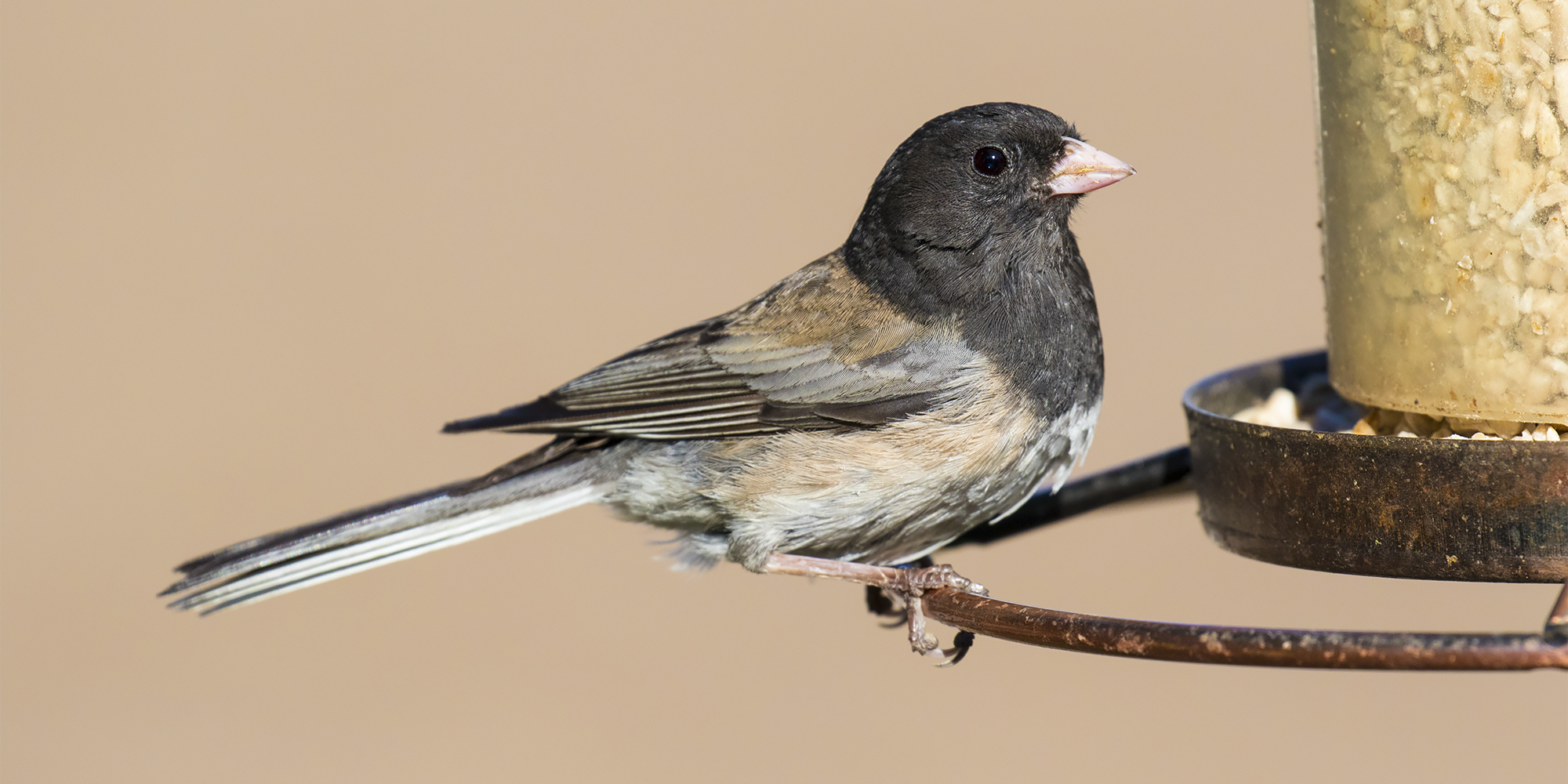

Post Comment